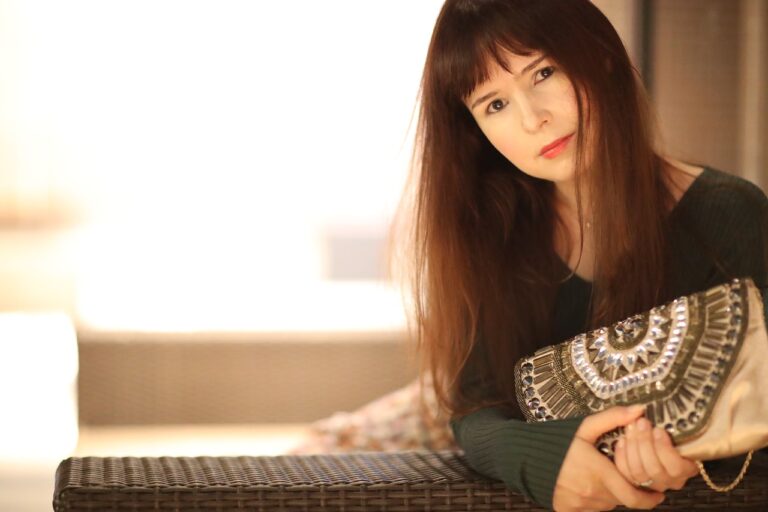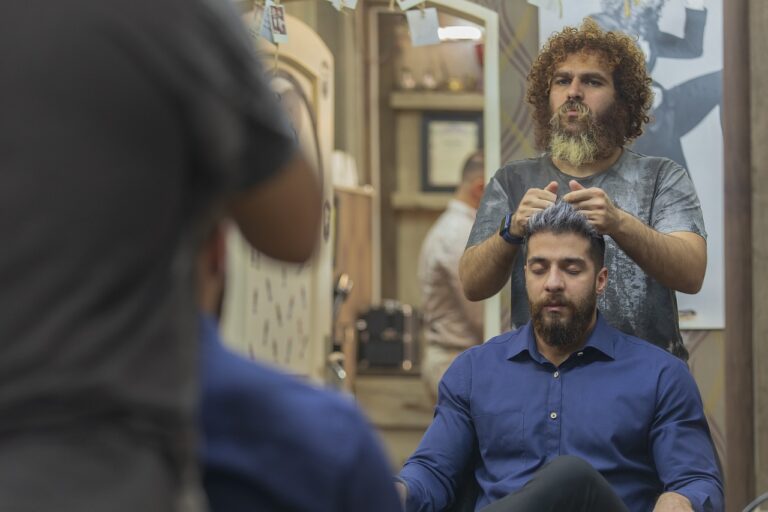Plus-Size Fashion Revolution: Embracing Body Positivity in Design
Plus-size fashion has a complex history intertwined with societal perceptions of body image over the years. Dating back to the early 20th century, larger sizes were not readily available in mainstream fashion, leading plus-size individuals to face limited options for clothing that catered to their body types.
It wasn’t until the mid-1900s that the fashion industry started recognizing the need for inclusive sizing. The 1980s marked a turning point when designers and retailers began offering more diverse size ranges, gradually shifting the narrative towards greater acceptance and representation for plus-size individuals in the world of fashion.
Challenges Faced by Plus-Size Consumers
Plus-size consumers encounter numerous obstacles when seeking fashionable clothing options. One prevailing challenge is the limited availability of trendy and well-fitting garments in larger sizes. Many clothing brands tend to prioritize designing for standard sizes, neglecting the needs of plus-size individuals. As a result, this demographic often struggles to find stylish pieces that cater to their unique body shapes and proportions.
Furthermore, the lack of representation and diversity in the fashion industry contributes to the challenges faced by plus-size consumers. While there is a growing demand for inclusivity and body positivity, many fashion brands continue to exclude plus-size models and overlook the importance of showcasing a range of body types in their advertising campaigns. This underrepresentation not only perpetuates unrealistic beauty standards but also sends a message to plus-size individuals that their bodies are not valued in the fashion world.
Inclusivity in Fashion Advertising
In recent years, there has been a noticeable shift towards more inclusive fashion advertising. Brands are recognizing the importance of representation and diversity in their marketing campaigns, aiming to reach a broader audience and connect with consumers on a deeper level. By featuring models of various body types, ethnicities, and backgrounds, these brands are sending a powerful message of acceptance and celebration of diversity.
This move towards inclusivity in fashion advertising is not only a reflection of changing societal norms but also a strategic business decision. Consumers are demanding more authentic representation in the media they consume, and brands that embrace diversity are positioning themselves as more relatable and trustworthy. By showcasing a range of body sizes and shapes in their advertisements, fashion brands are not only promoting body positivity but also tapping into a long-neglected market segment of plus-size consumers.
What is the history of plus-size fashion?
Plus-size fashion has evolved over the years, with designers and retailers increasingly recognizing the need for inclusive sizing and styles for all body types.
What are some challenges faced by plus-size consumers in the fashion industry?
Plus-size consumers often face limited options, lack of representation, and stigma when shopping for clothing. Many brands do not offer extended sizes or feature diverse body types in their advertising campaigns.
How can fashion advertising promote inclusivity?
Fashion advertising can promote inclusivity by featuring models of all body types, sizes, and backgrounds. By showcasing diversity in their campaigns, brands can demonstrate their commitment to representing and serving a wide range of consumers.







